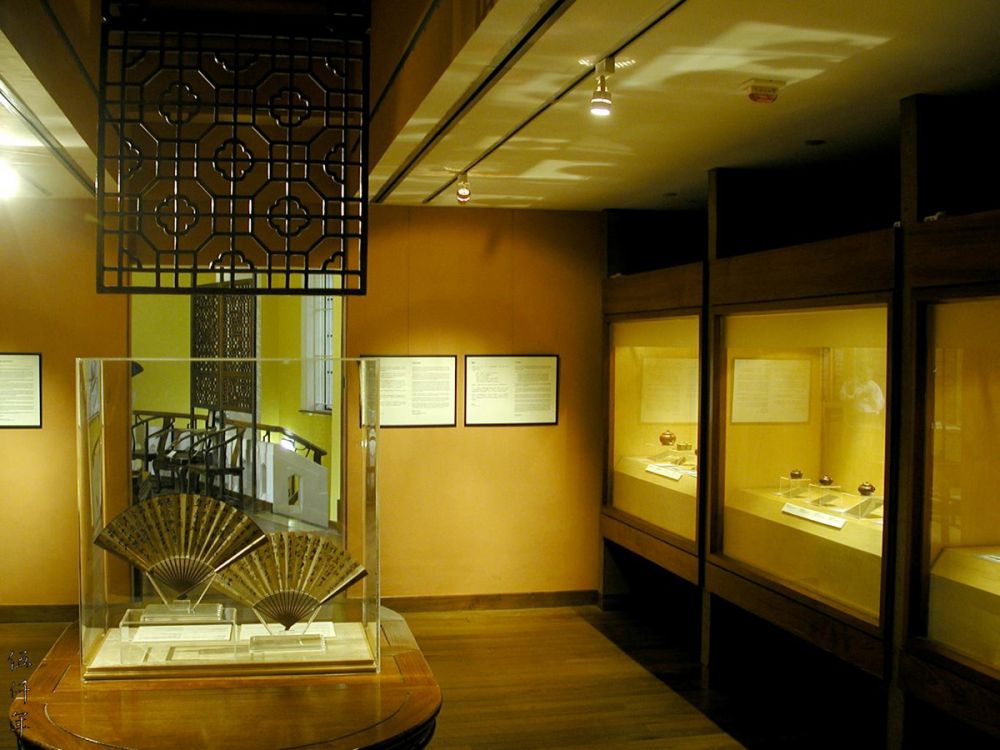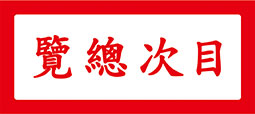Preface by Soong Shu Kong
After the fall of the Ming dynasty (1368-1644), Chang Tai (1597-1679) wrote T’ao-an meng-i (Recollections of T’ao-an’s Dreams), a memoir about cultural life in the final years of the Ming period. Through his writings, he revisited the opulence of the cities and the finesse of their material culture.
In volume two entitled "I-hsing Containers and Pewter Vessels", he wrote:
"The most superior I-hsing Containers were made by Kung Ch’un, then Shih Ta-pin, and then Ch’en Yung-ch’ing. For pewter vessels, the finest were made by Wang Yüan-chi, then Ku Mao-te. I-hsing containers are only composed of clay, while pewter vessels are made of pewter, but once they are offered in the market, they can command five to six pieces of gold. Isn’t it extraordinary that clay and pewter are valued the same? When a purple clay teapot or a pewter vessel is placed amongst the archaic bronze vessels of the Shang (c. 1600 BC - 1046 BC) and Chou (c. 1046 BC - 256 BC) dynasties, its stature is undiminished because of its inner character."
Drinking vessels by prominent artists of the Ming dynasty were reverently treasured by the literati for their excellent craftsmanship and classical refinement. Their aesthetic criteria were continuously alluded to and emulated by generations of later artists.
In the Ch’ing dynasty (1644-1912), many artists were involved in making drinking vessels. Some notable personalities were Shen Ts’un-chou, Ch’en Ming-yüan, Yang P’eng-nien, Chen Man-sheng, Ch’ü Ying-shao and Chu Shih-mei. They participated in the design and production of a broad spectrum of tea wares and stationery objects such as teapots, teacups, wine vessels, wine cups, tea caddies, brush rests, water pots, ink paste boxes, even oil lamps.
Many exotic forms were conceived. Vessels were decorated with poetic inscriptions. Calligraphy, paintings and seals were incised onto the surfaces. The literary and artistic embellishments of these works arouse both the mind and the senses. No other object in the scholar's studio can match their artistic complexity and richness. Even the grandeur of archaic bronze vessels pales in comparison.
Upheaval and war are recurrent. For every vessel that has survived, dozens more would have perished. Moreover, everyday objects risk damage, making their presence today rare. Those retained in art collections can also be randomly dispersed. It is therefore compelling to publish what is still available.
The works in this catalogue have been selected from several private collections. They consist of vessels made of clay, pewter, lacquer and porcelain, as well as related paintings, calligraphy and scholars’ objects. Fourteen artists from the end of the Ming dynasty to the mid nineteenth century are represented. A number of them were simultaneously designers, poets, painters, calligraphers, seal engravers, and infrequently potters. Individually, they manifest the classical ideal of the man of letters who indulged and excelled in different fields of artistic practice. Collectively, they offer a comprehensive perspective of the evolution of drinking vessels. This is the story of the metamorphosis of a prosaic object into art and the visionaries who fostered it.
Soong Shu Kong
November 2006





